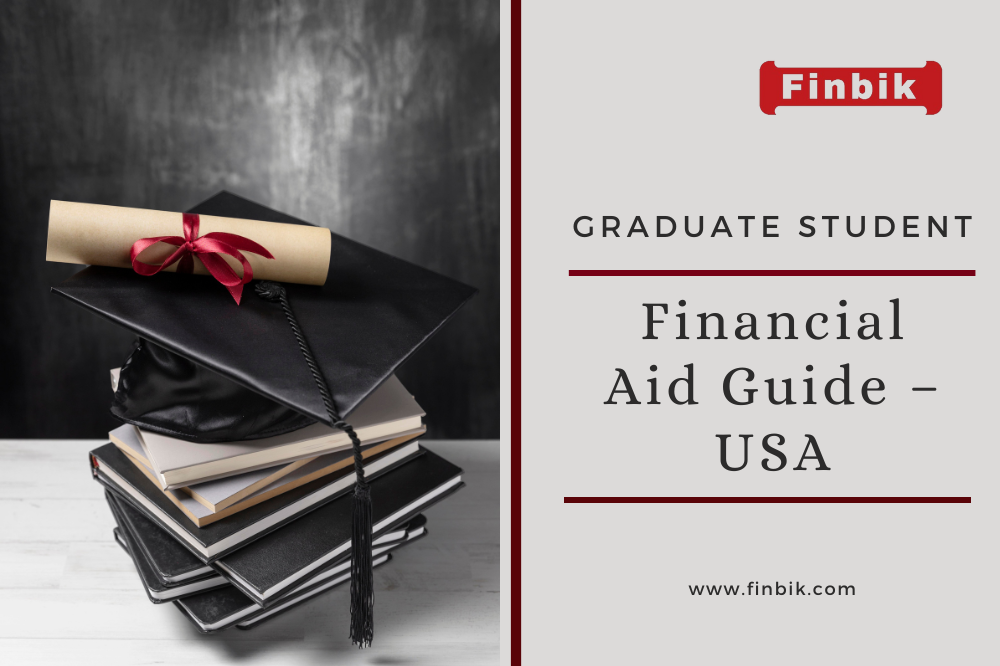According to statistics from the 2016 Survey of Consumer Finances, while graduate students account for just 26% of all student loan borrowers, they account for 48% of federal student loan debt. Some students have so much student loan debt that their balances continue to rise despite making income-based minimum payments.
Graduate students, fortunately, can lessen their need for loans by qualifying for financial help. Scholarships, grants, assistantships, and fellowships for graduate school do not have to be returned. You may reduce your student loan debt by applying for many scholarships.
Can a student receive financial assistance for graduate school?
What Types of Graduate School Financial Aid Are There?
Fellowships and Assistantships

Can a student receive financial assistance for graduate school?
Yes, they can receive financial assistance for graduate school. Graduate students can apply for various scholarships, assistantships, and fellowships. Fill the FAFSA to apply for financial help for graduate school. Although graduate students are not eligible for Pell Grants, the FAFSA is used to apply for other types of assistance, such as federal work-study, university scholarships, and federal graduate student loans.
Graduate students are considered autonomous for FAFSA purposes, which means they do not require information from their parents to complete the form. This makes filing faster and easier. When filling out the FAFSA, students can anticipate giving information from their tax returns, bank accounts, and other financial papers.
What Types of Graduate School Financial Aid Are There?
Scholarships, grants, assistantships, fellowships, tuition reimbursement, federal student aid, and private student loans are all available to graduate students at graduategrants.org. Before contemplating student loans, students should seek non-repayable graduate school grants and fellowships.
The following are the primary categories of financial aid offered to graduate students:
- Scholarships
- Grants
- Fellowships and Assistantships
- Tuition Reimbursement
- Federal Student Loans
- Private Student Loans
Scholarships

Most scholarships are awarded based on merit rather than financial necessity. Some scholarships can be used to pay for supplies and living expenses, while others must be used for tuition. Many organizations, including Fastweb, Cappex, and Scholarships.com, advertise graduate student scholarships. You are free to apply for as many scholarships as you like. Individual schools, as well as businesses and organizations, provide scholarships. Corporations may limit scholarships to workers or children of employees. However, this is not always the case. Scholarships, unlike student financial aid, do not have to be repaid.
Grants
Grants are usually need-based and do not have to be returned. If you drop out of school or fail to complete the grant’s terms, you may be required to repay it. For example, if you received a TEACH Grant but did not fulfil your service commitment, the grant would be transformed into a debt you would have to repay.
Grants may be awarded by the state or federal governments, your school, or an organization. Typically, there must be a disparity between the tuition expense and the amount the student can pay. Grants can be found on websites such as Fastweb.
Fellowships and Assistantships
A fellowship is a form of award commonly available to graduate students. Often, the fellowship comes with a service requirement. For example, the fellowship winner may be obliged to teach classes or research.
Assistantships are similar in that they virtually always require the recipient to do certain professional activities such as research and teaching. Assistantships are often provided directly by the graduate school where you are enrolled, whereas your school or other organizations may provide fellowships.
Fellowships and assistantships do not have to be returned and might cover tuition, books, and supplies. Some provide a stipend, which can be pretty significant, to aid with living expenses. For example, the DOE NNSA Stewardship Science Graduate Fellowship pays an annual salary of $36,000.
Tuition Reimbursement

Tuition reimbursement is a perk provided by many prominent organizations. Employees in these programmes pay their tuition. After the course is finished, the firm reimburses the expense. To qualify for compensation, some firms require their workers to participate in a degree programme connected to the work they undertake for the company. Others will pay tuition for any degree field.
To be eligible for tuition reimbursement, employers frequently demand employees pass with a particular minimum grade. Tuition reimbursement may have to be reimbursed if the employee quits the firm within a particular period after receiving it. Amazon, Apple, Ford Motors, and GEICO are well-known companies providing tuition reimbursement.
Federal Student Loans
Graduate students should initially look for non-repayable kinds of financial assistance. You should consider applying for federal student loans if you cannot or require more finances. However, use caution and avoid taking out more student loans than you need, as many graduates fail to repay them.
If feasible, students should choose federal student loans over private student loans. Federal student financial assistance often offers lower interest rates, and students are not forced to make payments while enrolled. For graduate students in the 2021-22 academic year, the interest rate on unsubsidized federal student loans is 5.28%.
Private Student Loans

Graduate students needing college funding should only pursue private student loans after exploring all other possibilities. Private student loans, as opposed to federal student loans, are originated by a credit union, bank, or internet lender and often have higher interest rates than federal student loans.
Some lenders allow students to postpone payments on their private student loans while in school. Interest will accumulate if a student does not make any payments on a private student loan while enrolled. Banks evaluate salary and credit history when setting interest rates on private student loans. Students with a substantial employment and credit history and a U.S. co-signer may be eligible for reduced interest rates. Graduate students looking for private student loans should shop for the best rates and other loan conditions.
Conclusion
A grant is often provided based on need and has no strings attached. Fellowships (and assistantships) often require graduate students to teach classes, research, or perform other duties. Furthermore, fellowships are often significantly more prominent than grants and generally include a stipend for living expenses. There is no limit to the number of scholarships and awards you can apply for; however, you should check with your school to see if it has any regulations regarding applying scholarships to your account. Federal student loans have a financial restriction. The cap for graduate students is $138,500, including loans for undergraduate studies.
Article You May Like
What is Career Development – Types, Steps and Importance

